This is a question that holds within it, its own answer. Because PLAY IS IMPORTANT.
There.
Shortest Muddy Colors post in history. See you next month!
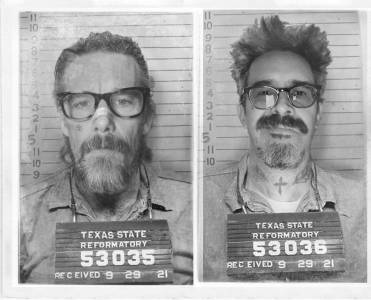
Our Author photos for the forthcoming graphic novel, MEADOWLARK. We both insist at every opportunity to make sure we play in this area even when a regular old headshot is called for. As a result this is for both Ethan and I, our proudest collaboration to date.
Still here?
Okay let’s get into it then. All silliness aside, play is where the magic happens, and despite what the scolding mark in your head is telling you, play is not necessarily goofing off, and if it is, it still holds a value. The reason for this is because the single most self inflicted suffocation of creativity comes from restrictive thinking. Play breaks through that, and not unsurprisingly because its seen as silly and goofing. Our art can most easily seize up from the import we put upon it- whether its a deadline for a client, a gallery show that needs to be filled, or any number of outside demands for awesomeness… these make us clinch up, lean more conservative in our approach and locked down in our predilection for new territory. Play again, shatters all this not just by being seemingly inconsequential, but also by simply being, if done right, thoughtlessly fun. And that’s why it’s so very important to make a part of your work life.
Play can open you up to new mediums, new concepts, approaches and styles of approach… it can expand your field and constrictions and challenge your assumptions because its the magic bullet that snakes its way around all the guards and shields to get to the special places in your creative landscape you didst;t even know were there. And we all of us have to try and find a place to install play into our lives whether we’re busy working artists or fresh faced younglings looking to break in.
The sad truth of the working professional is that the more we further succeed in our professional lives, the less room we have and make for play. When you’re a kid coming up working a day job, the forces that constrict are less prevalent, but they can be countered by the forces pushing you to get work and build a career. In some ways its harder to play then than later because every stage of your development is for a goal of making your art life your work life. But the truth in the illusion that that’s a plateau you can aspire to and THEN find the time to play is also a lie. There is no plateau, there is no summer land where it all stops and you’re free to romp as you wish. For some extreme rarified few this sort of “retirement” is a real thing and hats off to getting there, but for the other 99% of us, we are like Sisyphus climbing a hill we will never summit. And that’s not necessarily a curse, but it does then require us to not wait for the sunny days of yore to come to us unbidden, but that we must insert play into our creative lives now.
SO. How the hell do we do this? Well it doesn’t;t have to be a big thing at all. Play can be inserted into anyone’s daily life much in the same way exercise or a simple snack break is. It doesn’t;t have to be a large public event, but we must make room for it. I myself as you know have crafted a codified way to this with my ongoing 52 Weeks project, which if nothing else boiled down to its essential element, is play made formal. I’ve also managed to extend this into a new forum in booking private original drawing commissions. The irony of both is that both have also become now mainstay staple s of my ongoing business and income, and yes that can undermine the needed levity play truly should be bringing. Here’s a few ways to manage that, and why its important:
THE 52 WEEKS PROJECT
This has been the most established form, and continues to be the most growth stimulating of them all. If you’re not familiar, the basic premise of these series, that you can view HERE, is to set up a series of drawings, long or short, of whatever occurs to me as a good idea and brings the most personal joy that should have nothing to do with my ongoing work. Now for me personally as I have more and more been working less and less on projects that aren’t personally terrifically exciting. That’s an uptown problem to be sure, but it does make finding play a little more funny and tricky because in a lot of ways, the joy of this work currently does that too. Nevertheless, I have a lot of things I want to do, and being able to just do them out of a sense of joy is the guiding light that makes this both easy and essential. The difference between the 52 Weeks Project and just sketching around goofily is its commitment to a scheduled series. It has the architecture of work, even though it isn’t. Its the difference between recess where there’s a sandbox involved, and one that schedules sandbox time with a commandment to make a new sand castle every week for a set number of weeks. The schedule forces a fealty to take this form of play seriously, and as a result makes the benefits of that form of play the most expressive. If I KNOW I have to play then I make the most out of that play when it comes around. And there’s a catch too- if it isn’t fun, I stop. Period. You may see in the long menus list of projects that some I expected to run for months stopped after three weeks. The most essential safety valve for this project is if it stops feeling like play, it’s become work, and it should end. Sometimes you think you have a novel to write, but really it’s just a short story. And that’s okay! There’s no obligation to anyone by myself and as a result I am free to pursue something else should my bumblebee brain wish to go there. To do anything else would be anti-play and not the point at all. Simply put, fences and structure makes for freedom in codified play, just make sure the fences remain low enough to leap over should you want to.
PRIVATE COMMISSIONS
This is the newest animal of the play protocols, and one I’m still learning from, but has been in many ways the most beneficial to the work work. Overwhelmingly, the subjects of these commissions are related to expressing characters or qualities of favorite movies, which follows given the increasing face of my day job. It affords a commissioner the opportunity to hire me out at a deeply discounted rate compared to my ongoing professional work, and generates a lot of challenges and extra opportunities to sketch and create studies than any other assignment, self-directed or otherwise. The main difference here is that there is indeed a client awaiting the result. The commissions are pressed, so the obligation is mine to fulfill them in a timely manner as best as I can manage. I do set up ground rules for these that are also different than in other areas of my art life: I choose whether to take on a specific subject, I am not to be art directed in doing so- the commissioner hires me with the trust to have me do what I do on my own, (which let’s face it always makes for a better piece), and the commissioner is restricted from doing anything with the final commissioned piece other than framing it or reselling it, meaning they cannot make prints posters or use the commission as a back door to a commercial venture without permission and involvement from me the artist.
I also give any commissioner first dibs on side studies generated as a result of the commission, a new idea I started to employ when this got started, and that new sub category of play has been even more exciting and fun that the commission itself. It means I can employ sum ink, recursive styles, pencil sketches, crayon studies, alternative designs… whatever into the act of creating the final. It also means for those excited by the commission, they despite not being the commissioner, can get access to even more affordable and accessable work they could not otherwise attain. All of this grows the audience, grows the toolkit and forces my brain to operate outside of the usual fence lines. Having a long list of these to accomplish has forced this into a dominant act of obligated play that has made my work week very much changed over the last few months, and has made my work better overall because I am essentially forced to continue to outdo myself with each successive commission, and sometime illustrate what might be otherwise impossible. It’s like speed dating with movie posters or books covers, except these are free of title considerations and can simply be works of art that celebrate their source. Period. When I had to recently do a second approach to Bong Joon Ho’s MEMORIES OF MURDER shortly after doing a poster for it with NEON, for The Criterion Collection release… it was months of working up commission pieces in rapid fire that gave my brain the flexibility to do this at all. It primed my engine, and by the time the second ask came in I was able to make a wholly different set of work for the same film that wasn’t a diminishment of the effort’s first go. I know for stone cold fact this act of play is how this was at all possible.
PLAYING HOOKY
This of the three discussed today is the least codified in that it only requires ESCAPE. Just get out of the studio. play an xbox game, go for a drive, take a walk in the forest, get take out and eat it on the porch, or simply read a book. (I would suggest a nap can be included but I dint think that either qualifies nor am I a nap person so… NO NAPS). That old canard that the brains till keeps working the problem when you’re not is true and its here where the art/work benefits reside. I actually have forced into my ongoing work schedule a bit of breathing room before finalizing anything to allow for the fresh eyed glances that distance from a thing can bring. I also find that when out, listing to an audiobook or whatever, my brain is electrified with new ideas I want to chase back at the studio- an impossibility without leaving it in the first place. This act of play as a result may well be the most important one.
But whatever you’re approach to it, (and please for the love of all that’s holy, assume your own ways to institutionalize play that differs from my own), simply put PLAY IS ESSENTIAL. It doesn’t;t necessarily come unbidden and is the first to run out the door under the pressure of life’s obligations. It is a delicate and important flower to protect and nurture and all to easy to forget. Our culture in the U.S. does not really encourage play beyond childhood, and that’s a sad and silly thing for sure. You aren’t going to be encouraged to do it, you also might feel a sense of guilt in trying it out. I still do. But like Marcellus Wallace intoned to poor, broken-down Bruce Willis, “F^$#* that S#!t, this attitude only hurts it never helps”. Play is your artistic fountain of youth. For us old codgers its the only way we can stave off falling into forever patterns or becoming stale and the entropy that can come for years of working and being rewarded for a fixed style or approach. It keeps you limber, alive and ready for the new, and play in areas that scare you or make you nervous should never be seen as warnings off of dangerous territory, but reason why you must attack them with all the creative fury you can muster. The kids are right, and we have a lot to learn from them. After all, who among us didn’t get into this business because of our own childhood play? I know I did.



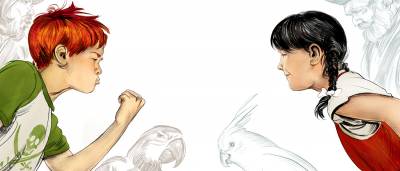

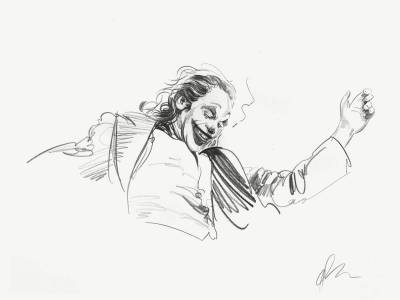
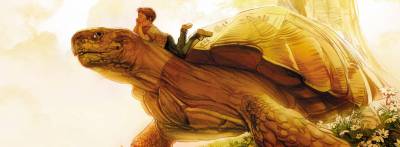


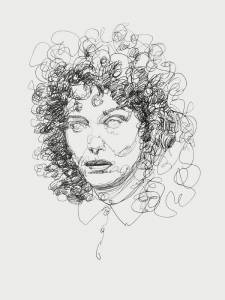

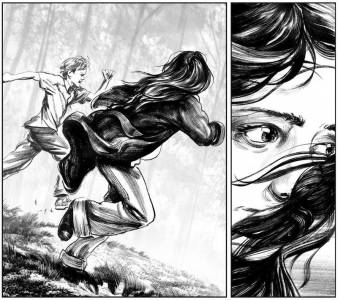


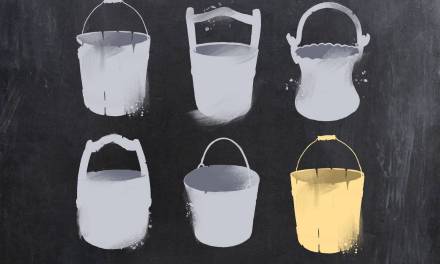
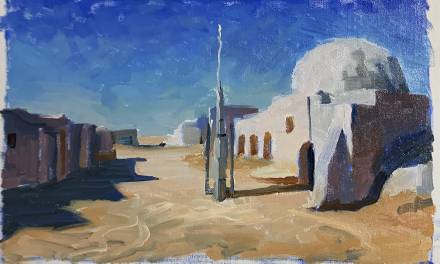


Cool read, and thanks for explaining your 52 week project.
Thanks I’m glad it spoke to you, and unravelled the mysteries of my weirdo project.
„ You aren’t going to be encouraged to do it, you also might feel a sense of guilt in trying it out.”
Ih ues, that is so true. Play is essential, and guilt is not. There is great article about leaving guilt floating around here btw.
Thanks for great reminder on importance of goofing around Greg.